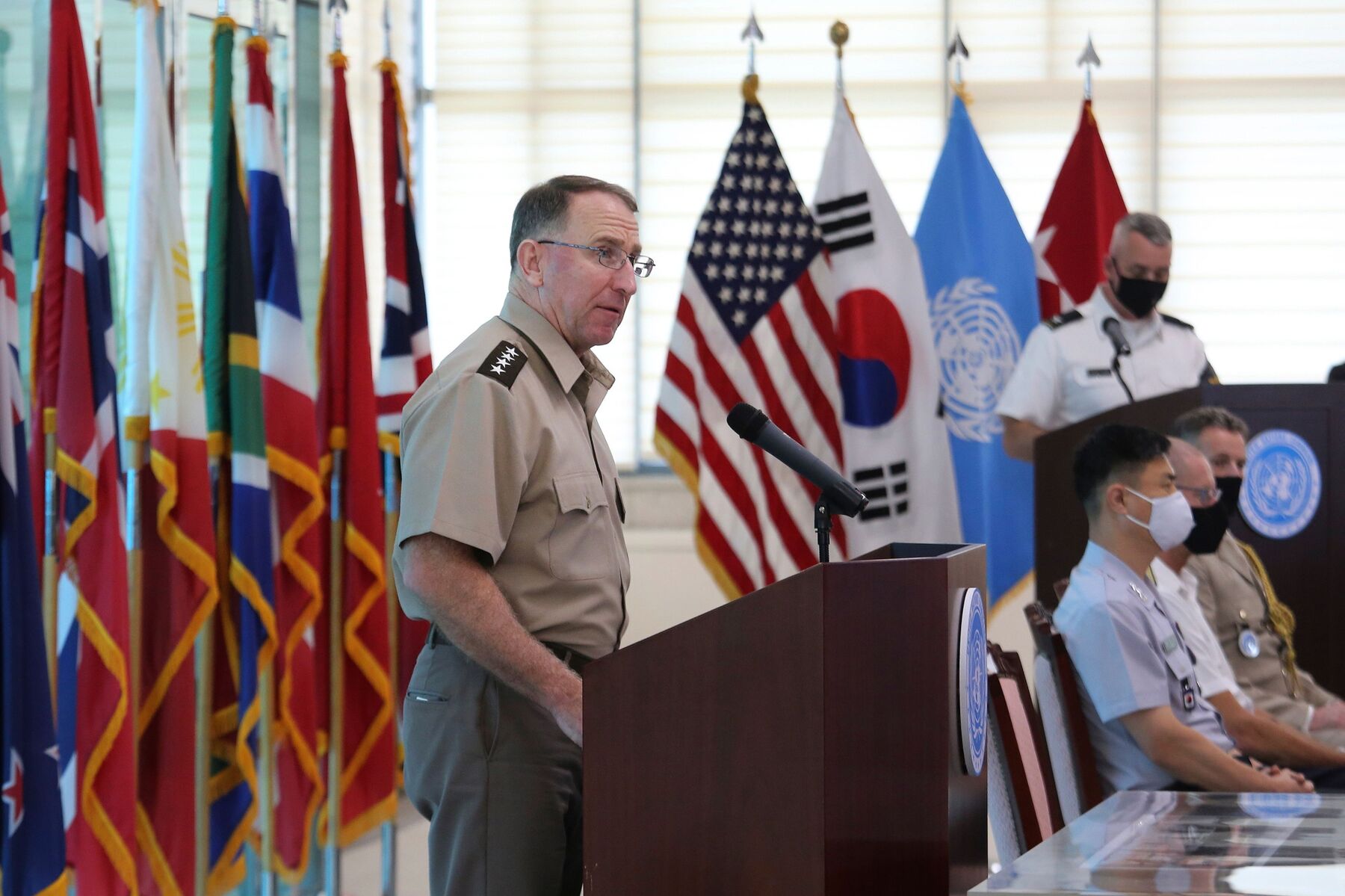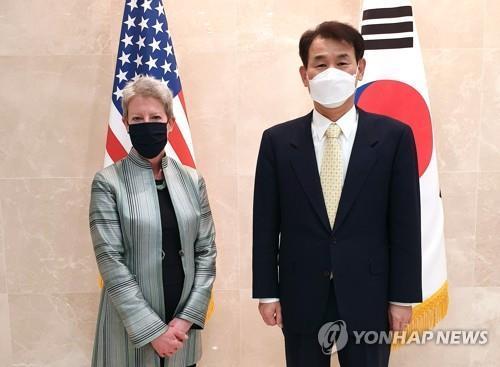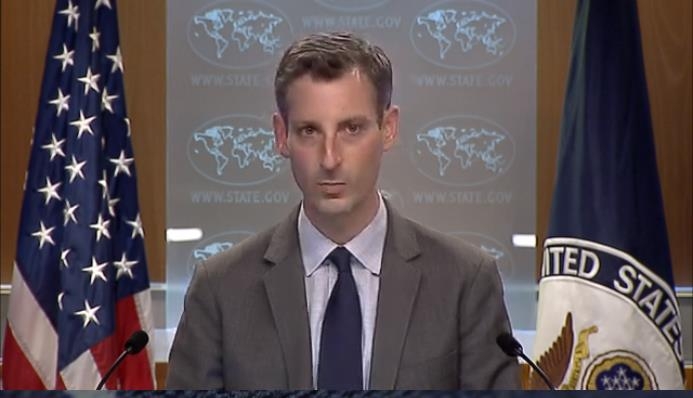Military.com | By Gina Harkins
The hardest part about keeping coronavirus cases down among American troops based in South Korea had nothing to do with interacting with locals. Instead, it was dealing with troops coming in from the U.S., the top commander of forces there told Congress this week.
More than 166,000 U.S. troops have tested positive for COVID-19, the illness caused by the SARS-CoV-2 coronavirus, since the start of the global pandemic. Few of them are believed to have caught the virus in South Korea, which has maintained low infection rates compared to the U.S.
“Of the 58,000 people who touch U.S. Forces Korea bases daily, we’ve seen a total of 110 local affiliated cases — and only about 28 service members tested positive,” Army Gen. Robert Abrams told members of the House Armed Services Committee on Wednesday.
“Our biggest challenge,” Abrams added, “has been from inbounds or returnees coming from the continental United States, where we’ve had approximately 700 positive cases.”
South Korea has been lauded for its handling of the coronavirus pandemic. The country’s population is equivalent to that of Texas and Florida combined. More than 77,000 Americans have died of COVID-19 in Florida and Texas since the start of the pandemic.
About 1,648 people have died of COVID-19 in South Korea.
“We have greatly benefited from our robust partnership with the Republic of Korea government and the Korean disease control and prevention agency, who have supported our efforts,” Abrams said. “As a result, our rate of infection has remained extremely low.”
As the U.S. struggled with its coronavirus tests, testing in South Korea was widely available nationwide. The country has also used drones to disinfect public spaces, and its citizens embraced mask-wearing due to experiences with past viral outbreaks, including a respiratory syndrome that hit there in 2015.
U.S. Forces Korea was able to relax travel restrictions early in the pandemic due to a low number of cases there.
U.S. and South Korean troops are currently participating in a nine-day command-post exercise. Leaders opted to limit the number of troops involved and cut outdoor maneuvers, the Yonhap news agency reported, due to continued concerns about the pandemic.
Abrams told lawmakers that the force is working to ensure troops, families and military retirees in Korea have access to the COVID-19 vaccine. They’re slated to receive 9,700 doses of the newly approved Johnson & Johnson vaccine, he said, “which will go a long way toward being able to give the immunizations.”
Two dozen U.S. troops have died of COVID-19. More than 1,400 of them have been hospitalized with the virus.
— Gina Harkins can be reached at gina.harkins@military.com. Follow her on Twitter @ginaaharkins.






/cloudfront-us-east-1.images.arcpublishing.com/mco/WZZBO4ALVFHF5JY5YAMTD4YZZU.jpg)






















